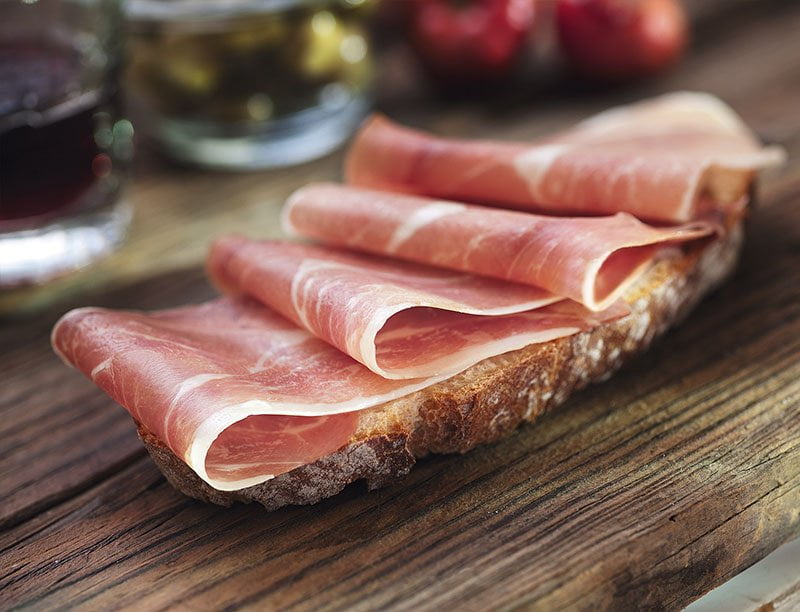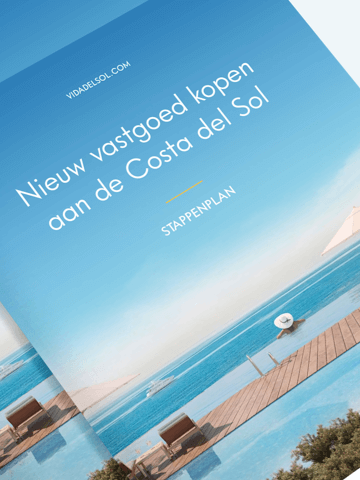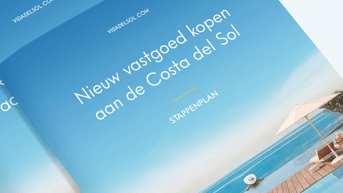Spanish regional gastronomy
Spanish regional gastronomy
Introduction to Spanish gastronomy and traditional dishes
If one thinks that Spanish cuisine consists only of tapas and deep fried squids, then one should take an urgent trip to Spain. One of the most important experience for every tourist or resident is the gastronomic paradise to be found in Andalusia. Here you can find the influence of North African, Moorish, Christian, Jewish and Romani cultures on the development of traditional Andalusian cuisine which forms one of the most important parts of Spanish culture on its own. The whole range of tastes!
The general attitude of Spanish people towards food is joyful and even passionate, but pretty traditional. That is why they do not pay a lot of attention to the newest trends in cooking and low calorie food, however it does not mean that Spain is missing out from the world’s vegetarian and vegan trends. Going out for lunch or dinner is a big part of a daily life in Andalusia.
Breakfast or ‘desayuno’
A very typical Spanish breakfast most of the time includes churros. Churros are long deep fried pieces of sweet pastry covered in sugar and dipped in a steaming cup of hot chocolate. You can find almost any shape of churros. From real calorie bombs to a thin catwalk sort. Indeed, not everyone likes this kind of breakfast. There is also a big variety of omelettes (tortilla’s), rustic bread with garlic and fresh tomatoes, olive oil and thin slices of Serrano ham, toasts and of course a classy “Full English breakfast”.
Churros
Menú del día
Lunch or ‘almuerzo’:
Lunch in Andalusia is the most important meal of the day. An Andalusian lunch can slowly transform into “sobremesa” (conversation after lunch) with a glass of wine or a cup of coffee. This is how it works: around 14:00 you choose a cafe, bar or restaurant and ask for “menú del día” (menu of the day). Normally it is a three-course meal with an average price around € 10, which consists of a soup of the day with bread, a salad or tortilla as a pre-course, and the choice of three or four main courses such as grilled meat with French fries or fish with vegetables and a desert and/or coffee, together with wine, beer, lemonade of water.
Dinner or ‘cena’:
This is usually a lighter version of lunch. The biggest difference between your normal dinner and Andalusian dinner is its timing. Eating in the evening means eating very late in the evening. Do not expect to find a typical Spanish restaurant open before 20 p.m. Of course, at this hour you can have an aperitif with some appetizers, but not a real meal. However, there are always touristic places that are more convenient and open earlier so satisfy the needs of foreigners.
Dinner
ANDALUSIAN SPECIALITIES
Tapas!
Tapas
Andalusia is without any doubt a homeland of tapas, originated in the wine cellars of Granada & Córdoba. ‘Tapa’ means ‘cover’ or ‘lid’ in Spanish. It had its name due to the fact that in the bars at that time there were a lot of flies. And someone came up with an idea of putting a small piece of bread on top of the glass to keep the flies away from the drink. With time people started putting some appetizers on that piece of bread.
Nowadays you can find tapas almost in every bar in Andalusia and it is more than just a small thing to eat. There are hundreds of variations to choose from, interesting combinations of ingredients and tastes. Normally you order tapas for lunch or as a daily meal for dinner. Some bars are serving only tapas. Others serve tapas as a supplement to the main dish. Try tapas with a cooled Alhambra beer, a glass of white Alborán wine or a silky Ribera del Duero red wine to enjoy tapas at its best.
Olive oil
This brilliant ingredient of all the recipes is rightly called a liquid gold. It is tightly connected to the history of Spain and its cuisine, however the place of origin of olive trees still remains a mystery. There are thousands of olive trees plantations in Spain but if you are searching for the best olive oil you should definitely plan a day trip to Carmona.
Olive oil

Serrano ham
Serrano ham is a sort of raw ham cured for many months and made of meat from white pigs. It is the most common type of ham in Spain. It came from the mountain region of Andalusia approximately 2 000 years ago. The main secret of this very typical Spanish delicacy is that the ham legs have to be dried in the open mountain air. That is why its name is Serrano, “from the mountains” in Spanish.
There are 3 types of Serrano ham based on the period it needs to dry: De Bodega –between 10 and 12 months, Reserva – between 12 and 15 months and Gran Reserva – longer than 15 months. Original Serrano ham is always labelled with S-logo. The best way to enjoy it is to eat it pure, without anything else. However, it is widely used in different Spanish recipes as one of the main ingredients.
Ibérico ham
Ibérico ham is another and the most exclusive sort of ham. It is made from Iberian pigs, a pretty special dark haired breed. They have perfectly adapted to the high temperatures in the southern and south-western regions of Spain.
Ibérico ham
These pigs eat acorns (bellotas) in open fields for most of their lives. One pig can eat up to 10 kg acorns a day. Ibérico ham is known for delectable marbled meat and tender melting-in-the-mouth taste.
There are several classifications of Ibérico ham, based on various criteria. And it is recommended to eat it thinly sliced by hand and with a glass of Spanish red wine.
Gazpacho
Gazpacho
Do not confuse it with carpaccio. Gazpacho is a traditional Spanish cold soup made of tomatoes and other season vegetables with olive oil and bread. In Andalusia, it is usually served as a pre-course in the summer months as a nice and refreshing start of a meal. There are plenty of variations of this soup. Try them all and find your favourite!
Grilled sardines or ‘espeto’:
This very typical dish from Malaga is quite unique. The way it is prepared makes it one and only in the whole world, however it is considered to pretty simple. The original recipe comes from the 19th century and since then nothing has changed. All you need is a few sardines, a cane skewer and an open wood fire. Sardines should be fresh and preferably medium sized. It is recommended to keep them in ice water before grilling. You just need to put 6-7 of them on a cane (to cover it completely), sprinkle with a pinch of salt and to place the skewer in the sand next to the fire so that the low heat can do its job. After just 4-5 minutes you can enjoy the artisanal taste of ‘espeto’.
Grilled sardines
Pescaito frito (Gefrituurde vis)
Pescaito frito (deep fried fish)
Another very typical Andalusian dish which is a nice thing to share with your family or friends. You can find it in many bars, restaurants and chiringuitos. Fish is coated in flour and baked in olive oil with a pinch of sea salt. Normally it is served as the pre-course accompanied by a cold beer or a glass of wine, but you can surely enjoy it as a mail course as well. Try this authentic fish dish in one of the chiringuitos (beach bars) in Andalusia.
Desserts
Andalusian desserts have had a serious influence from the Arabic medieval cuisine. The most well-known desserts are ‘pestiños’ – a very typical Andalusian pastry made of dough deep fried in olive oil and glazed with sugar or honey. You can enjoy it throughout the year, however in some cities it is considered to be a Christmas treat and in Malaga they are called ‘borrachuelos’. ‘Alfajores’ – traditional cylindrical shaped confection made with two slightly sweet cookies filled with sweet ‘dulce de leche’. There are many variations though – nuts, fruits or chocolate. ‘Amarguillos’ – a sort of almond cookies typical for Medina Sidonia or ‘polvorones’ from Estepa, ‘torrijas’ and many more.
Alfajores
Cheers!
Having a gastronomic dinner in Spain of course include alcohol. However, you always have to consume alcohol responsibly. Spanish wines, mostly ‘tintos’ (red wines), are internationally recognised as one of the best, lots of ‘cavas’ that are competing with champagne in taste and price. Bars and night clubs are serving a wide range of spirits: whisky, vodka, gins, liquors and other options. Andalusia is famous for its amazing sherry’s and ‘manzanillas’. And not to forget about tasty Spanish beers that have many fans worldwide.
Sherry
Most people associate Andalusia with wines however it is a region of sherry. The best example is Osborne bull. He became famous in 1956 as a part of an advertisement campaign which you could see all over the Andalusian landscape. Back that time it was so successful that Osbourne bull took its rightful place in the Spanish history.
The image of the bull can still be found in everyday life here: as a sticker at the back of a car, as a souvenir for tourists (different shirts, toys, key holders, post cards, decoration elements, etc.), even as a symbol for sport events and international missions.
Sherry
Marbella way of Living
Gastronomy | Sport | Healthcare | Pets | Family Activities | Finance | Recreational Activities





